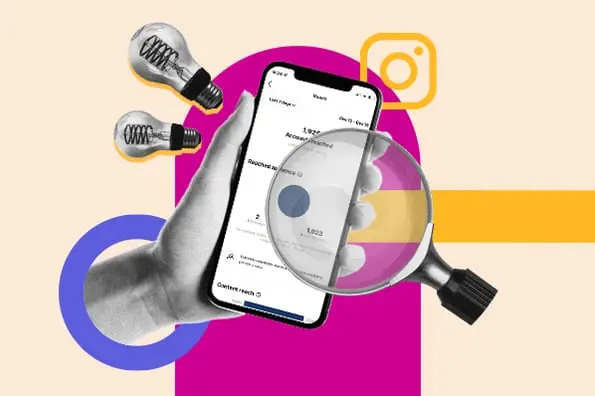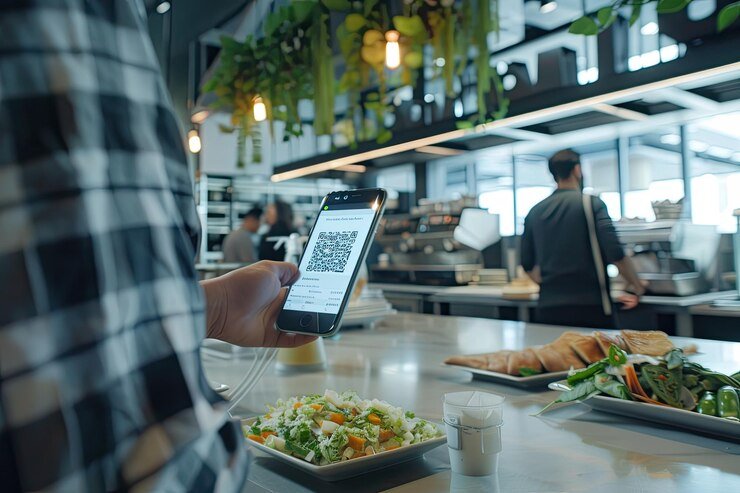Exploring The Role Of AI In Educational Image Generation
Have you ever felt that traditional images in textbooks and slideshows just aren’t cutting it anymore? Your students might be craving something more engaging, more customized to their unique learning styles.
With the rise of digital technology, there’s a vast ocean of possibilities for making education not only more interactive but significantly more personalized. One intriguing solution lies in artificial intelligence (AI) – specifically, its ability to generate images that can transform teaching and learning.
This blog will explore how AI-generated imagery can breathe new life into subjects ranging from art and science to geography and languages, enhancing both engagement and understanding.
The Basics of AI Image Generation
AI image generation starts with artificial intelligence. It uses computers to make pictures from scratch or change existing ones.
First, these AI systems learn from lots of images. They see different styles and objects. Then, using what they learned, they can create new images on their own.
Some use a special way called neural style transfer. Others might use something called Generative Adversarial Networks (GANs) or diffusion models. Popular tools like PopAi pro and DALL-E use a diffusion model and learn from data in CLIP.
To make an image, AI changes text into numbers because that’s what computers understand best. So, if you tell it to draw “a cat on a skateboard,” it knows how to turn those words into a picture of exactly that! It’s like magic but with science and math behind it.
Innovative Ways to Use AI Image Generation in Teaching
AI image generation opens new doors for teaching. It helps create unique learning materials and offers custom support to each student.
Customizing learning materials
Teachers can now use an AI photo generator to make learning materials just right for each student. This way, lessons become more engaging and help students do better. For example, in subjects like art, science, geography, and language learning, AI creates visual aids that match what each student needs to learn.
This makes the lesson more exciting and easier to understand.
AI also speeds up making educational games and activities. It can even make special scenarios for every student. By doing this, lessons meet the exact needs of each learner. Students get a unique experience that fits their own way of learning best.
Providing personalized feedback
AI shines in giving students feedback just for them. It checks how each person learns and figures out what they need to work on. Like a smart tutor, AI looks at a student’s work and tells them how to get better, with 99% accuracy.
This way, it feels like the lessons are made just for that one student. Personal learning gets a big boost because of this.
This smart system does more than fix mistakes. It predicts where students might have trouble next and helps before they get stuck. Teachers use this info to make sure every kid gets what they need to succeed in school.
Assisting with tutoring
AI steps in to make tutoring smarter and more custom-fit for each student. These intelligent systems can figure out what a student needs to learn next, setting up lessons that fit just right.
They offer help at home, making sure learning keeps going even after the school bell rings. This way, AI tutors give students a very personal kind of help with their studies.
Teachers get more time to work together and focus on active learning because of AI assistants. These smart systems take care of routine tasks, leaving teachers free to focus on big-picture education strategies.
Predictive analysis for student success
Moving from helping with tutoring, AI steps into predictive analysis for student success. This tool uses machine learning to see which students might face risks, stay in school, or drop out.
It digs deep into student data to find patterns we can’t easily see. With Convolutional Neural Networks (CNNs), it’s like having a smart assistant that knows what each student needs before problems arise.
This technology doesn’t just guess; it crafts learning paths that play to a student’s strengths while shoring up their weaknesses. By fitting right into the current CMS (Course Management Systems), decision-makers get a powerful ally in guiding academic choices.
Future of AI in Education
The future of AI in education is all about making learning smarter and more fun, sparking curiosity to explore further.
Advancements in AI technology for education
AI technology for education is getting better fast. It can guess how well a student might do and help make learning special for each student.
New tools like VR, AR, and MR are joining with AI to assist learners even more. These tools make learning feel real and exciting.
But there are challenges too; costs, making it work on a big scale, ethics, privacy, and not enough teachers know about AI yet. Despite these problems, the future of teaching and learning with AI shines bright.
Potential impact on teaching and learning
AI changes how we teach and learn, making it fit each student’s needs. It turns learning into a custom journey. AI does routine tasks, so teachers have more time for lessons and talking with students.
This means everyone gets the attention they need to grow smarter and understand better.
Also, AI gives feedback right away. Students can see how well they’re doing quickly and know where to get better. It brings good education to far places and helps kids who don’t have many learning chances.
Integration of AI in education systems
Shifting from the possible impact on learning and teaching, we see AI’s role in education systems grow. Schools are now using AI to change how they teach and help students learn. This new technology makes it easier for educators to understand what each student needs.
It helps them make smart choices based on data. For example, AI can tell which areas a student might need more help in or predict who will do well.
The goal is clear – to make education better for everyone involved. By bringing AI into classrooms, schools aim for all students to have access to learning that fits their needs. Teachers get tools that give them deep insights into how each student learns best.
The promise is big: smarter decisions in education, lessons that reach every student, and a chance for everyone to succeed, no matter where they start from or what challenges they face.
Conclusion
AI in education brings images to life, making learning fun and real. Tools for creating these images are easy to use and really helpful. They let teachers make special materials just for their class. Imagine what students can do when lessons click because of cool pictures! Why not try using AI visuals in your next lesson plan? Think about the change this could make in your classroom!





